Rising Demand for Comfort Features
The Automotive HVAC Blower Market is experiencing a notable increase in demand for enhanced comfort features within vehicles. Consumers are increasingly prioritizing interior climate control, leading to a surge in the adoption of advanced HVAC systems. This trend is reflected in the growing sales of passenger vehicles equipped with sophisticated HVAC solutions. According to recent data, the market for automotive HVAC systems is projected to grow at a compound annual growth rate of approximately 5.5% over the next few years. As manufacturers strive to meet consumer expectations, the integration of high-performance blowers becomes essential, thereby driving the Automotive HVAC Blower Market forward.
Consumer Preference for Customization
Consumer preferences are shifting towards personalized vehicle experiences, which is influencing the Automotive HVAC Blower Market. As buyers seek customizable options for their vehicles, manufacturers are responding by offering HVAC systems that allow for tailored climate control settings. This trend is particularly evident in the luxury vehicle segment, where consumers expect high levels of comfort and personalization. Market analysis indicates that the luxury vehicle segment is projected to grow significantly, further driving the demand for advanced HVAC blowers. Consequently, manufacturers are likely to invest in developing blowers that can accommodate these customization trends, thereby enhancing their competitiveness in the Automotive HVAC Blower Market.
Growth of Electric and Hybrid Vehicles
The rise of electric and hybrid vehicles is a significant driver for the Automotive HVAC Blower Market. As these vehicles become more prevalent, the demand for specialized HVAC systems that cater to their unique requirements is increasing. Electric vehicles, in particular, require efficient HVAC solutions that do not compromise battery performance. Data suggests that the electric vehicle market is expected to grow at a CAGR of over 20% in the coming years, which will likely lead to a corresponding increase in the demand for advanced HVAC blowers. This trend presents a substantial opportunity for manufacturers to innovate and capture a larger share of the Automotive HVAC Blower Market.
Technological Advancements in HVAC Systems
Technological innovations are significantly influencing the Automotive HVAC Blower Market. The introduction of variable speed blowers and energy-efficient designs is reshaping the landscape of automotive HVAC systems. These advancements not only enhance performance but also contribute to reduced energy consumption, aligning with the growing emphasis on sustainability. Recent studies indicate that vehicles equipped with advanced HVAC systems can achieve up to 20% better energy efficiency compared to traditional models. As automakers increasingly adopt these technologies, the demand for sophisticated blowers is expected to rise, propelling the Automotive HVAC Blower Market to new heights.
Regulatory Compliance and Emission Standards
The Automotive HVAC Blower Market is also being driven by stringent regulatory compliance and emission standards imposed by various governments. These regulations necessitate the development of more efficient HVAC systems that minimize environmental impact. As a result, manufacturers are compelled to innovate and enhance their blower technologies to meet these requirements. The market is witnessing a shift towards eco-friendly materials and designs, which not only comply with regulations but also appeal to environmentally conscious consumers. This focus on compliance is likely to stimulate growth in the Automotive HVAC Blower Market as companies invest in research and development to create compliant products.


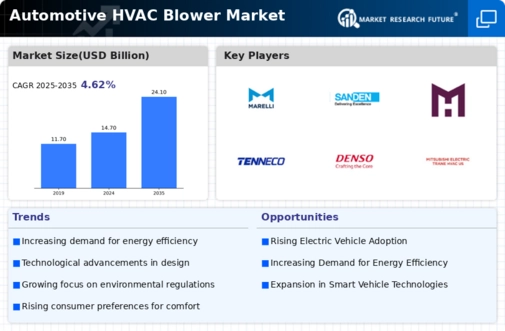
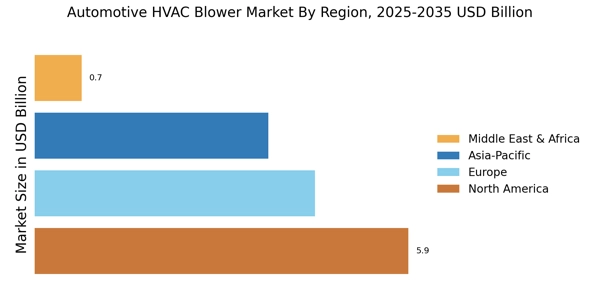
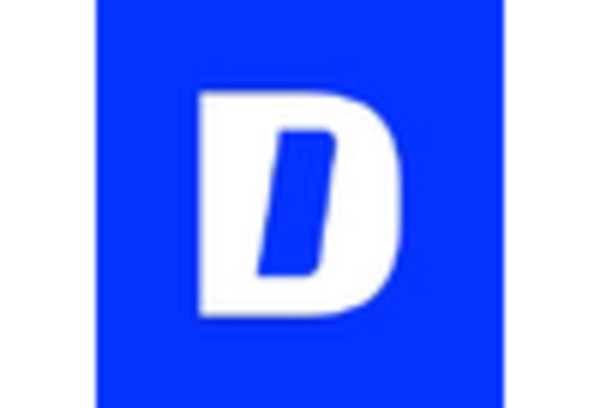

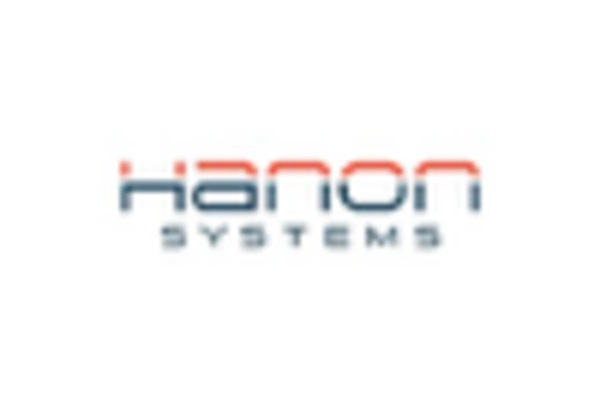

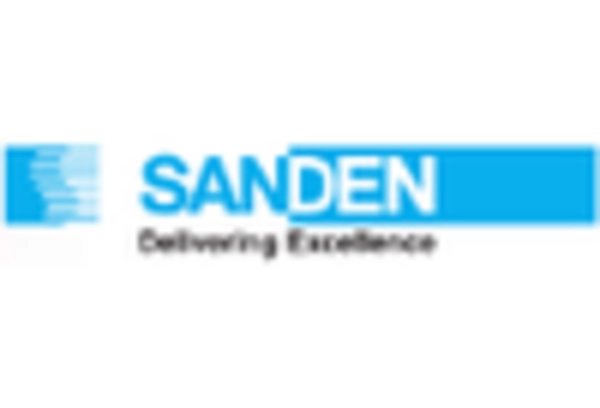
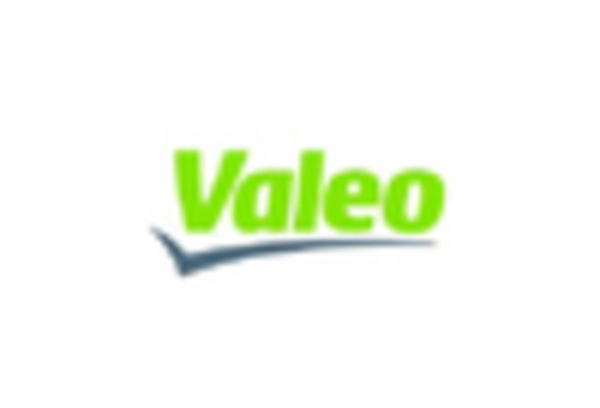








Leave a Comment